Conversational data assistant: Speeding up search and retrieval by 43% with an AI chatbot


Project overview
What if you had a dedicated search engine for your Excel spreadsheets, one that could seamlessly understand your questions, interpret data, and identify missing documents? With it, you wouldn’t need to waste precious time trying to remember the exact label you’d have to look up. All you’d need to do is send a simple message.
That’s the idea that set our client, Bella, on a quest to create a conversational data assistant for Excel spreadsheets.
While it’s no secret that almost half of employees struggle to find documents quickly, Excel spreadsheets are notoriously harder to search than other types of documents. Our client reached this conclusion after studying the productivity drains and operational inefficiencies prevalent among its retail partners.
The findings were clear: over half of brand managers and packaging design managers couldn’t locate the necessary information within Excel spreadsheets quickly enough. A third also struggled to identify which project information and documentation was missing fast enough.
So, Bella set out to develop and deploy an AI chatbot that would retrieve information from client-specific folders based on user prompts and serve it to managers across the European and American markets. However, as inaccurate responses would be too costly and threaten the soundness of decision-making, hallucinations and misrepresented data were not an option. The chatbot also had to be accurate to be reliable, while remaining secure and user-friendly.
We set out to build the chatbot that would meet every single one of these requirements.
Services





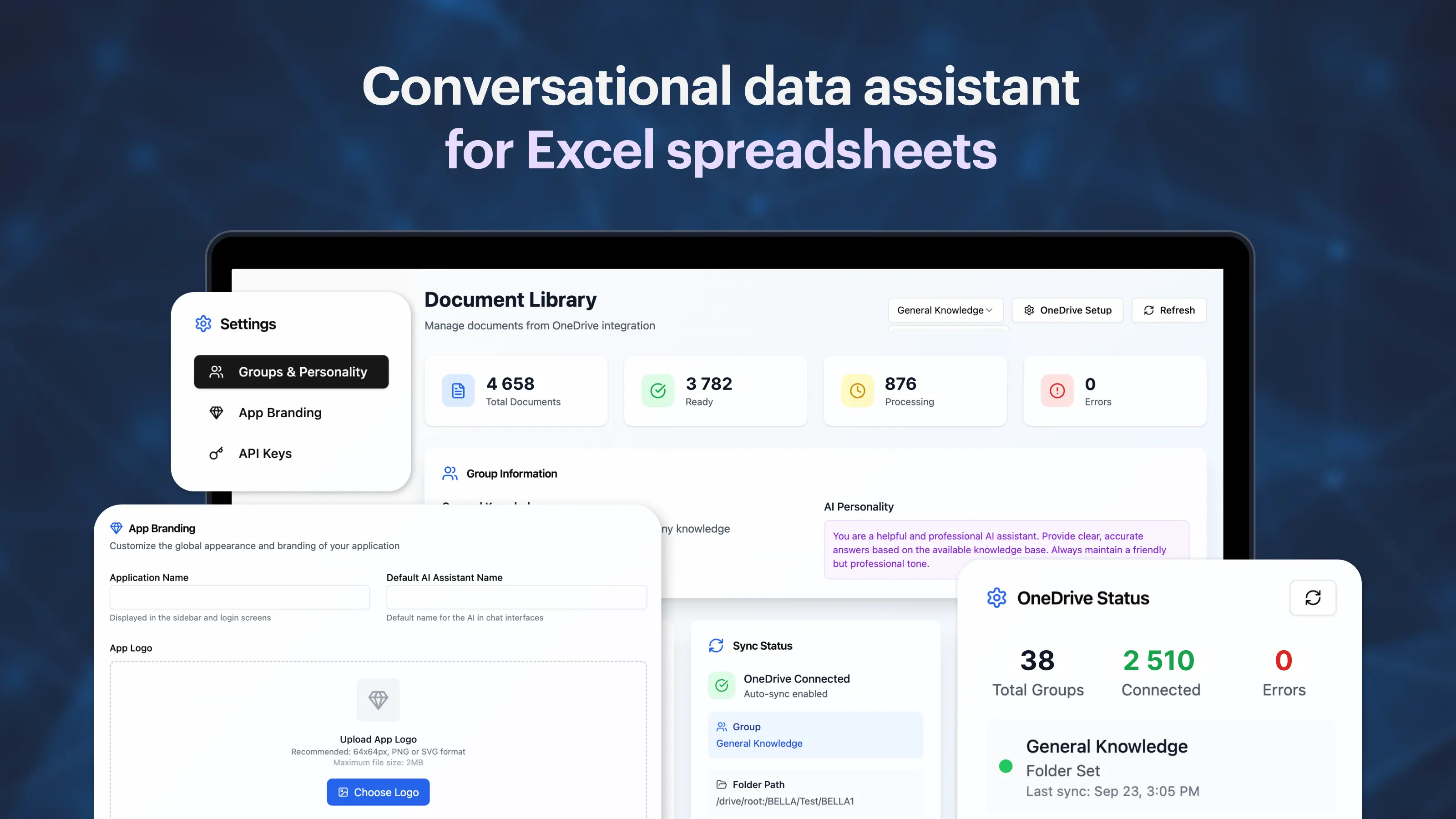
Challenges
When Bella turned to us, the team already had a Base 44 version of the chatbot. However, the solution lacked the flexibility and customizability required to make the chatbot effective and adaptable.
After an initial assessment, we suggested migrating the solution off of Base 44 to Supabase, a Postgres development platform. During the implementation of AI-powered computations, however, we had to ensure they matched the platform’s limitations on CPU and memory consumption.
As the product was an MVP in an early development stage, fast time-to-market was a priority for our client. So, we suggested using Supabase to speed up work with Postgres databases and leveraging the OpenAI API to power the chatbot. At the same time, to maintain high accuracy when working with client-specific documents, we used retrieval-augmented generation (RAG).
Following a thorough discovery phase, we defined the project scope and timeline, all aligned with the following business needs and technical requirements:
Strategic business needs
01 Make the existing version of the chatbot more flexible and context-aware
02 Integrate the chatbot with OpenAI’s GPT for natural language processing and response generation in English
03 Implement retrieval-augmented generation (RAG)
04 Ensure chatbot’s support for Excel spreadsheets and PDF files
05 Have the MVP ready for launch within four to eight weeks
06 Reduce data retrieval time by at least 20% for target users
07 Secure a user satisfaction rate of at least 85% within six months
08 Achieve a conversation completion rate of at least 85%
09 Achieve an increase in the frequency of use of at least 20% within six months
Technical requirements
01 Migrate the existing version of the chatbot off of Base 44 to a Postgres database
02 Use Supabase to speed up development, including Supabase Edge Functions for computations
03 Develop an intuitive, smooth, responsive user interface using React
04 Implement feedback collection within the chatbot to enable further refinement
05 Reach response accuracy of at least 95%
06 Limit the error rate to <5%
07 Keep the retrieval latency under 150 ms for optimal user experience
08 Achieve a context retention rate of at least 90%
09 Ensure high performance when running AI-related computations despite Supabase’s limits on CPU and memory consumption
We’ll ensure high model accuracy and context awareness to deliver an AI chatbot that saves time, boosts efficiency, and secures a high user satisfaction rate.

 Talk to an expert
Talk to an expert.webp)
Solutions
To build the chatbot, we opted for a serverless architecture powered by Supabase Edge Functions. Supabase Edge Functions enable applications to serve server-side logic from a location geographically close to users. This architectural approach allowed us to ensure quick response time, low latency, and high uptime and throughput.
For the AI capabilities, OpenAI’s GPT was the obvious choice due to its advanced large language model, as well as configuration controls and dynamic retraining options. Of course, to add client-specific data to the chatbot's knowledge base, we had to rely on retrieval-augmented generation (RAG) after connecting the chatbot to the OpenAI API.
As for the front-end, we settled on React as the optimal choice for ensuring the interface’s performance, flexibility, and responsiveness with its virtual DOM capabilities. Its component-based architecture substantially sped up front-end development with easier code reuse.
Once our work was done, our client received an AI data assistant that:
- Processes client-specific Excel and PDF documents to respond to user queries
- Uses OpenAI’s advanced GPT model to generate high-quality responses
- Possesses advanced context awareness to provide relevant responses to user queries
- Shows high performance thanks to a serverless architecture powered by Supabase Edge Functions
- Is user-friendly and responsive on any device, thanks to a React-powered interface
- Automatically cleans and prepares the data for the knowledge base to ensure output reliability
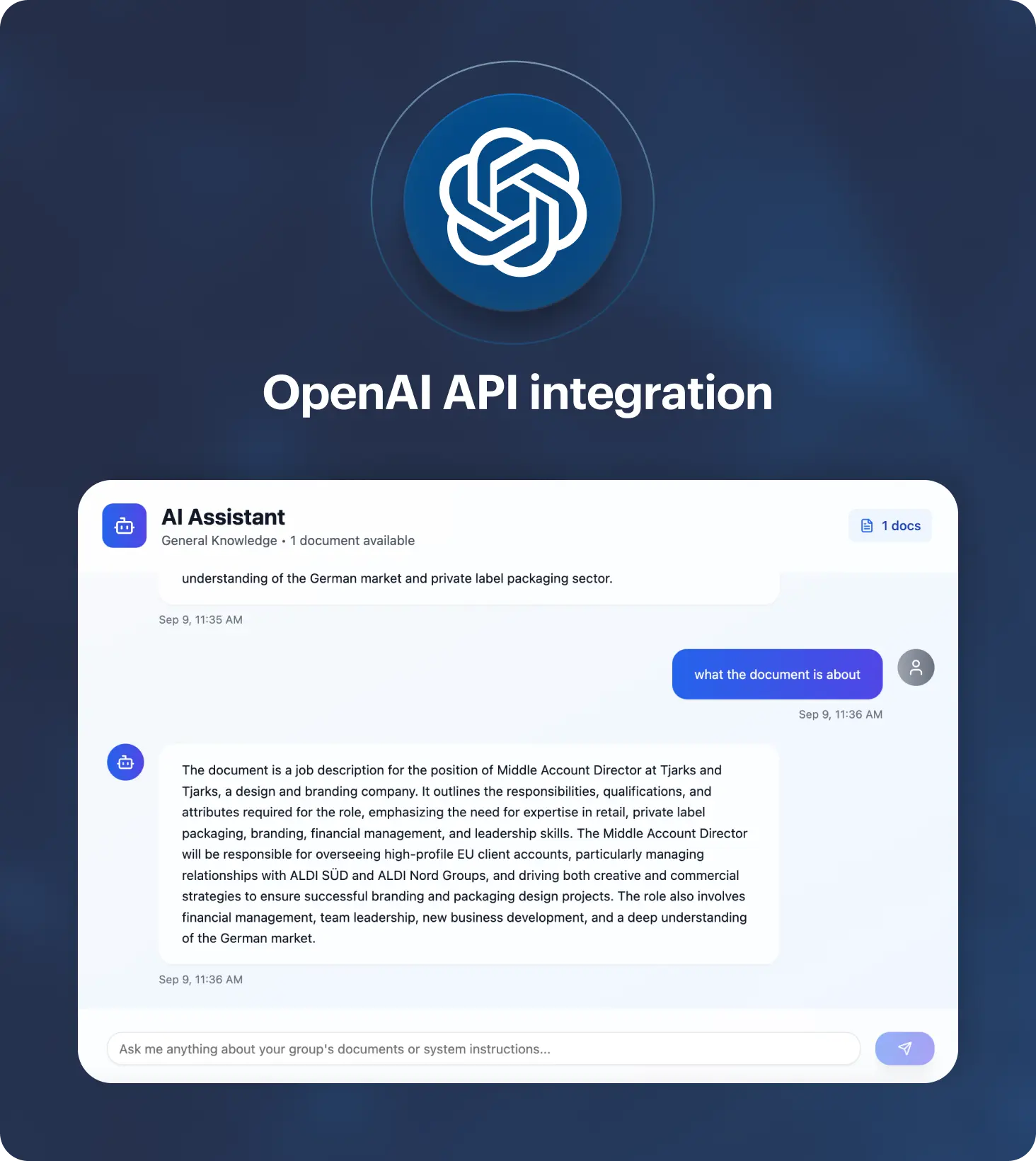


OpenAI API integration
OpenAI’s GPT models are quick to configure and deploy, offer enough flexibility to adapt them to specific use cases, and come with advanced context awareness, coherence, and fluency. (Case in point: using OpenAI’s model enabled Bella’s chatbot to achieve a 93% context retention rate.) OpenAI also ensures high uptime and low latency for its API users, which helps ensure the overall high performance.
All of that led us to opt for the OpenAI API integration to power the chatbot’s natural language processing and generation capabilities. While working on it, we ensured the chatbot wouldn’t exceed rate limits to prevent unexpected request handling errors. We also optimized the integration to keep the OpenAI API usage cost-efficient for our client.
In addition to that, we secured the data supplied to the model’s knowledge base and mitigated potential latency issues, bringing retrieval latency below 100ms.
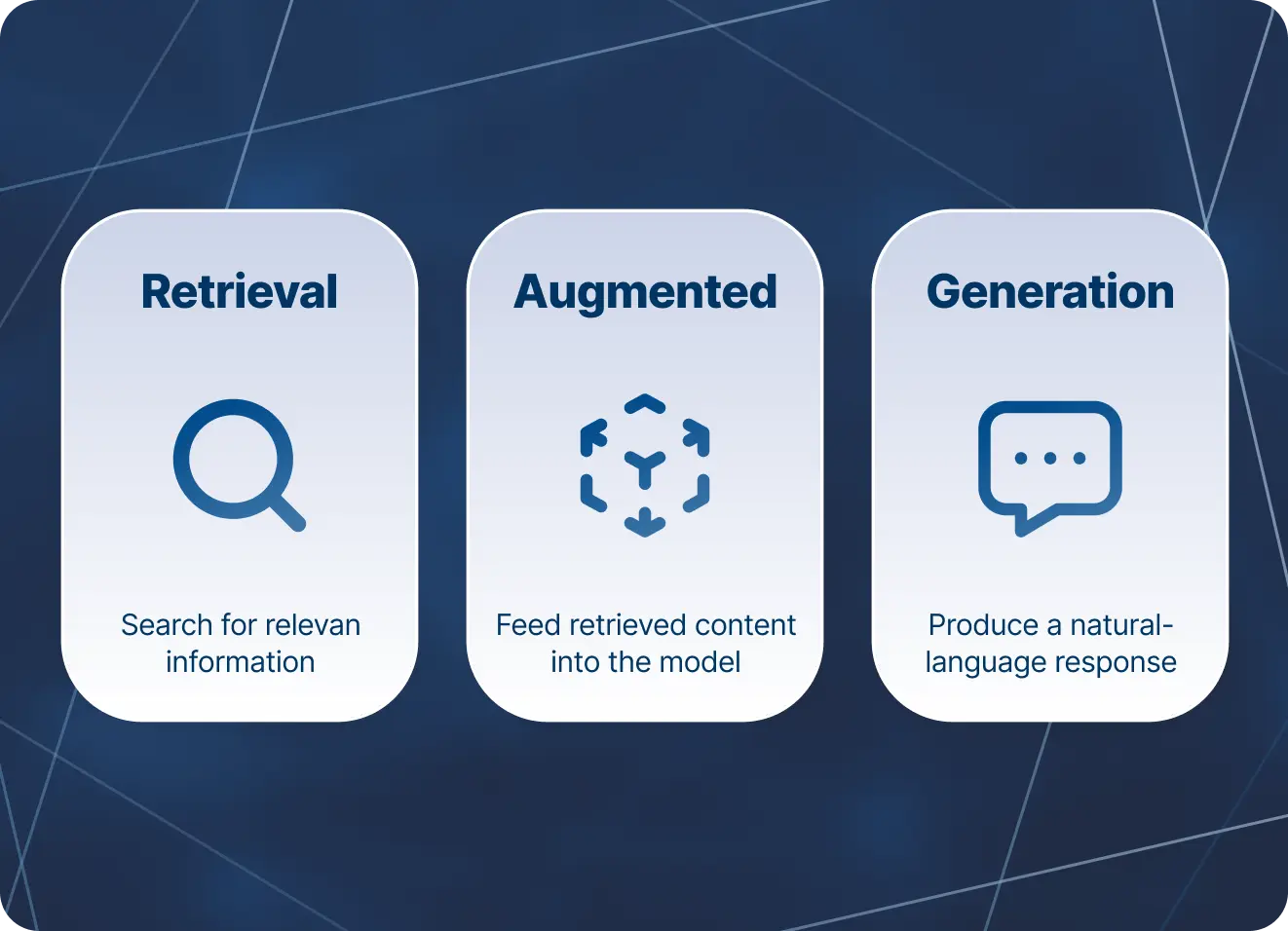
Retrieval-augmented generation (RAG)
To implement RAG, we first needed to migrate the chatbot from Base 44 to Supabase. We conducted a thorough audit of the Base 44 solution to plan the migration and properly map the move from source to target environments. Where needed, we refactored code or wrote it from scratch.
To make the database compatible with the GPT model, we used Supabase to create a vector database and integrate it with source files. So, whenever a user asks the chatbot a question, it searches the vector database, locates the relevant entry, and sends it to the OpenAI API.
This approach protects the data in the knowledge base and ensures the responses contain only relevant, up-to-date information. Early adopters found it valuable, as proven by the 91% conversation completion rate.
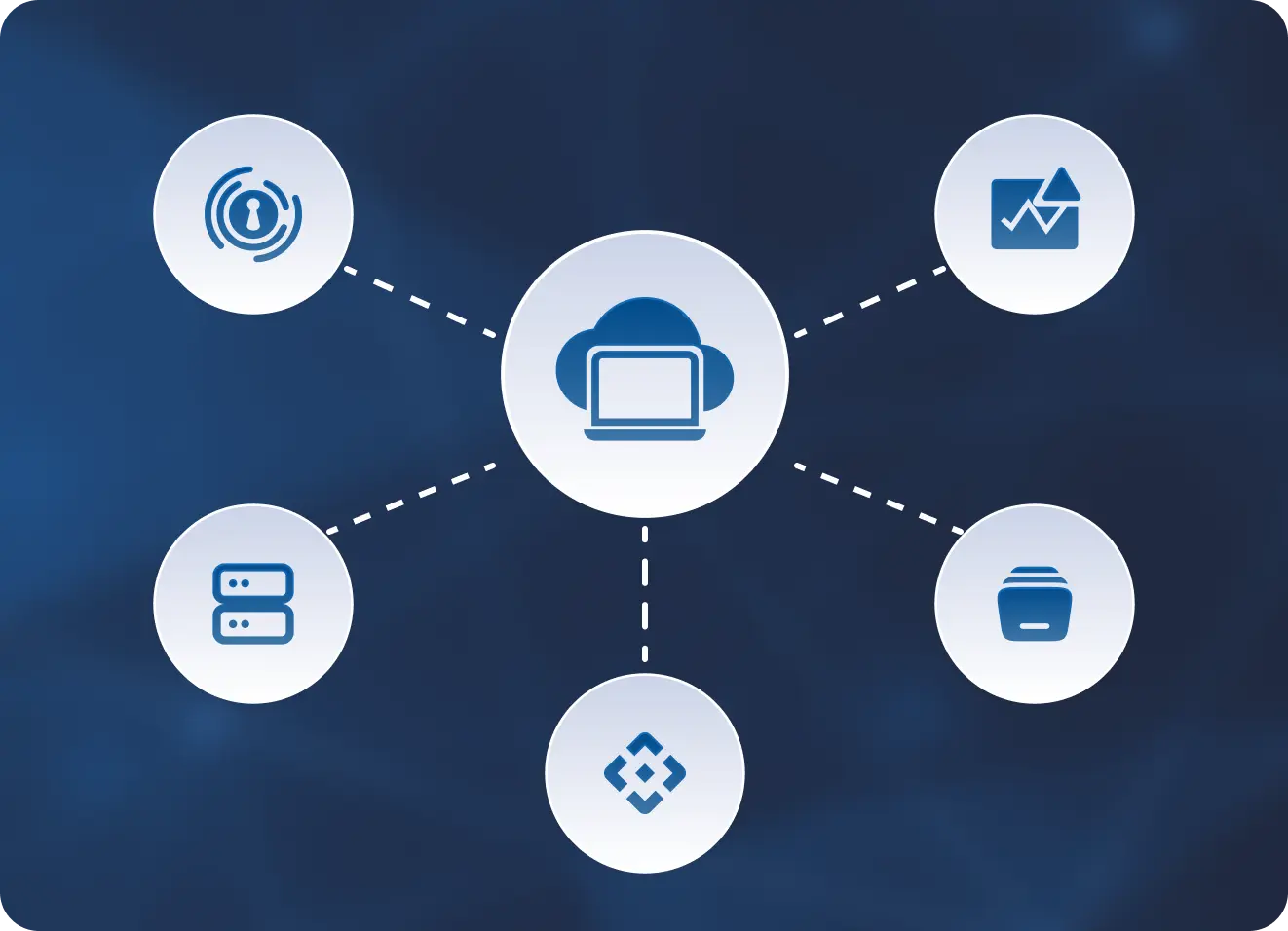
Serverless architecture
While working on the solution, we had to strike a fine balance between Supabase’s CPU and memory consumption limits and the computational needs of AI-related processes. If we weren’t careful, the AI-related computations would exhaust the CPU or memory budgets, leading to execution failures.
To avoid this scenario, we delegated more resource-intensive AI processing tasks to the OpenAI API, ensuring stability and a seamless user experience. As a result, the final error rates for the chatbot stayed below 2%, even under high request volumes.
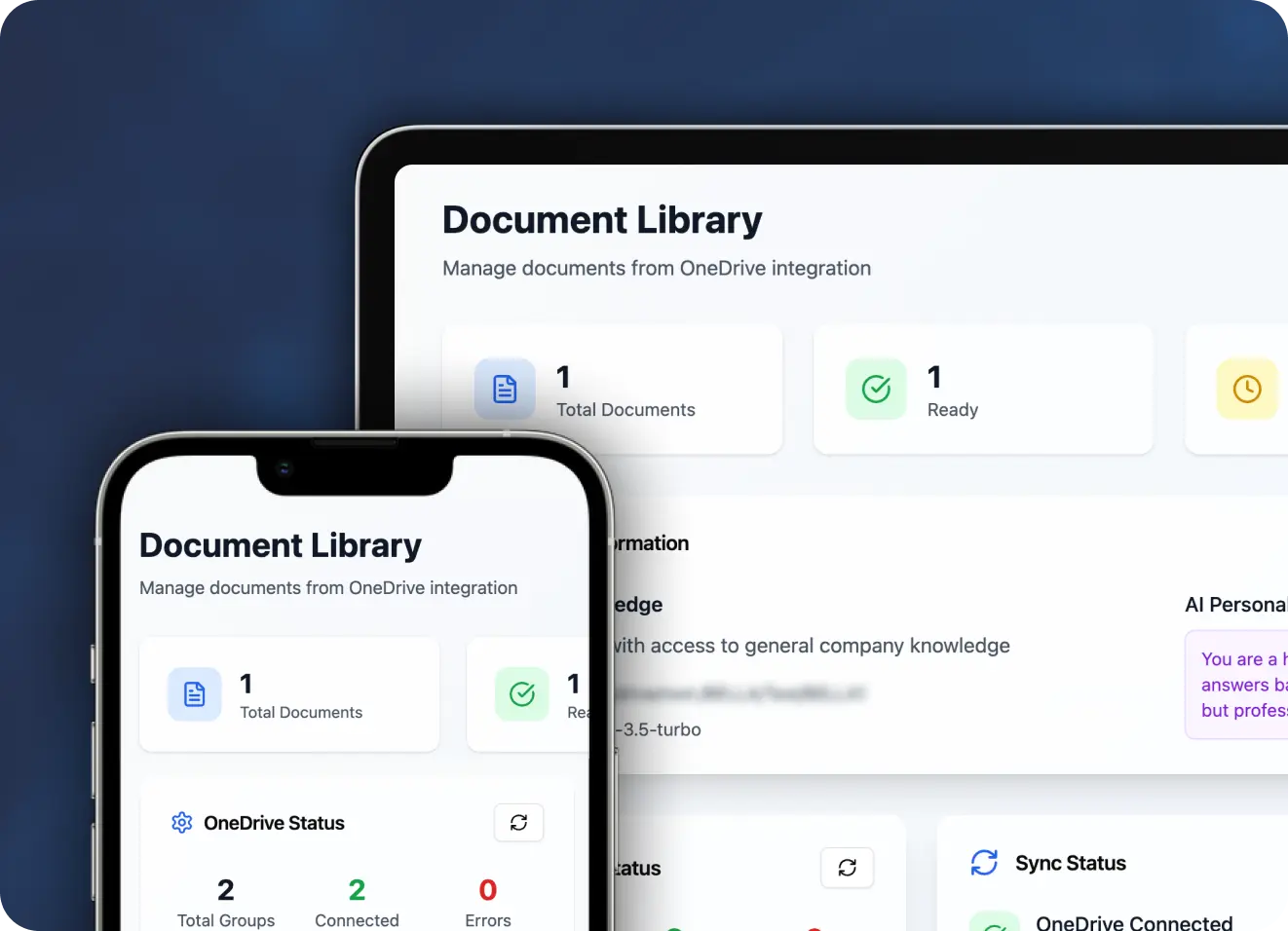
Responsive React-powered interface
Thanks to its virtual DOM capabilities, React was the obvious choice for building a highly responsive, interactive, high-performance interface. Since our client already had UI/UX design ready, our front-end developer turned it into a fully functional interface. Our QA specialist, in turn, ensured no technical or UX issues could spoil the user experience with a thorough user acceptance testing.
As a result, the chatbot’s interface is fast and highly responsive to user actions, regardless of the device used. The quality of user experience contributed to the high user satisfaction rate (92%), as well as a 39% increase in frequency of use within the first six months.

Seamless data preparation
We integrated the solution’s database with Mammoth, a platform for data cleaning, transformation, and preparation. Thanks to its robust automation capabilities, we could ensure utmost data quality for further interpretation and analysis, mitigating the risk of unreliable or inaccurate output due to the “garbage in, garbage out” problem.
Thanks to this, our chatbot demonstrated a 99.5% accuracy rate, thus ensuring that its users could trust its responses without second-guessing their contents.
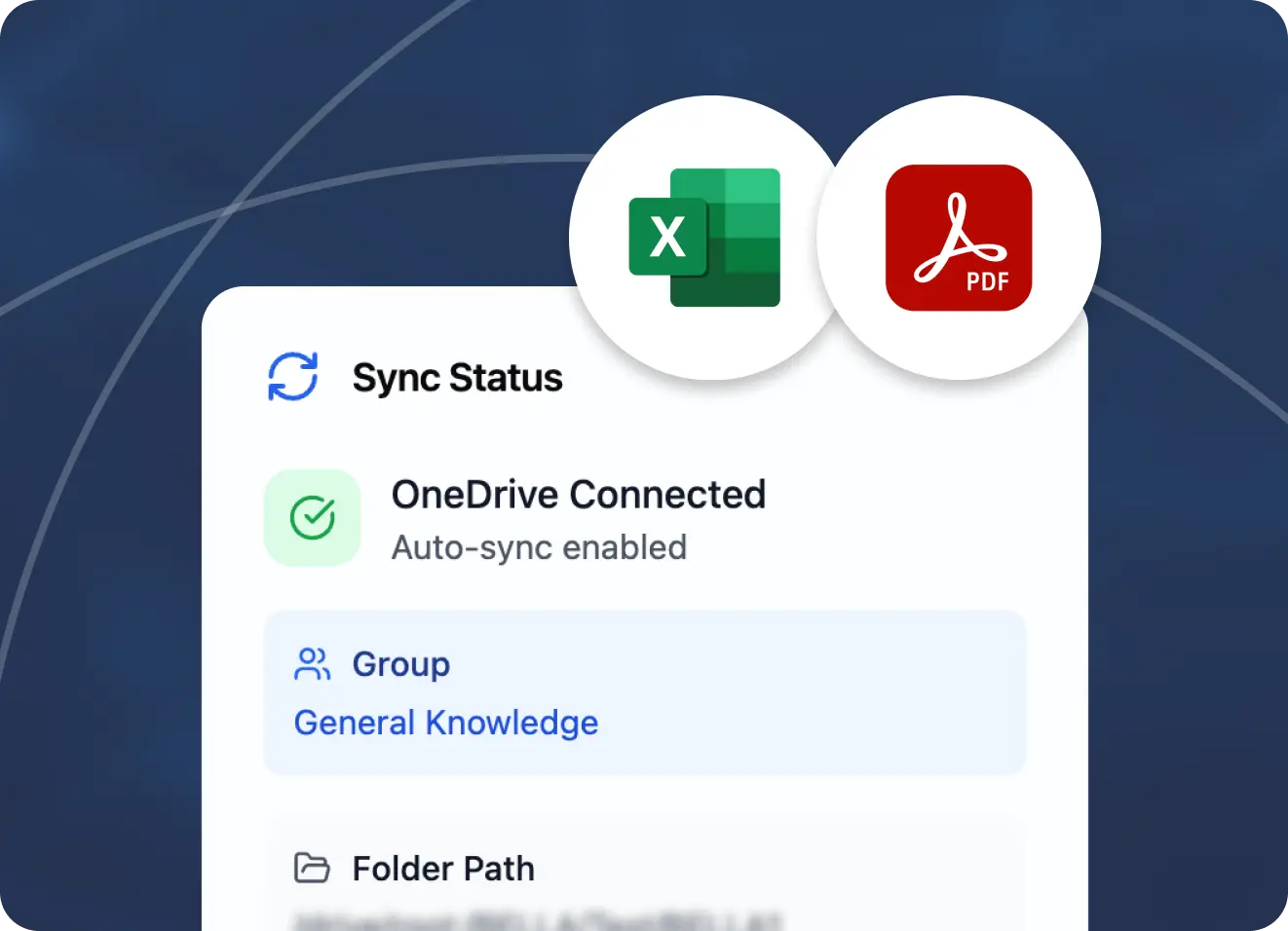
Full Excel & PDF file support
Our developers used the XLSX data parser and writer from SheetJS to enable support for Excel spreadsheets. With it, the solution can extract and process data from complex spreadsheets, add it to the database, and enable its retrieval and analysis by the chatbot.
To enable PDF support, in turn, we used the pdf-parse JavaScript/TypeScript cross-platform module. It enables extracting text, images, and tabular data from PDF files for further integration into the knowledge base for the chatbot.



Tech stack

Impact
Our client received a ready-to-launch chatbot MVP within the defined time limits, priming it for quick launch. Thanks to our focus on accuracy, performance, and user experience, the chatbot delivered the following results to our client:
We’ll build on existing advanced LLMs, all while making the chatbot truly yours with a dedicated knowledge base and custom logic and interface.

 Contact us
Contact usRelated case study
Connect with us
.webp)
We are a tech partner that delivers ingenious digital solutions, engineering and vertical services for industry leaders powered by vetted talents.



.svg)










